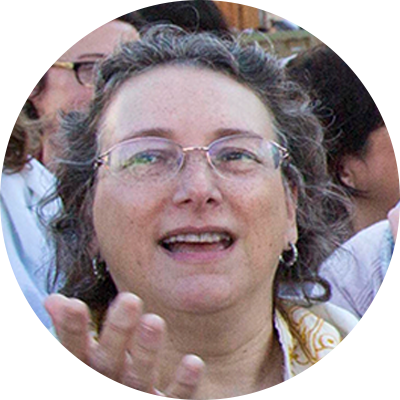
(vectorfusionart / Shutterstock.com)
Genetic testing has been the gold standard of finding out if the child you are carrying has a hereditary disease risk. In some communities, genetic testing is done before marriage to assess whether a couple should marry and have children.
But, The Times of Israel reported that the standard testing doesn’t account for Jews or other minority groups that have a higher degree of genetic likeness. Now, a research team at Rabin Medical Center in Peta Tikvah has developed a new model that can significantly change the way to assess genetic risk for Jews and other tight-knit communities.
The Need for a New Model
In places like the US, there is much more genetic diversity and that is what the current standards are based on. This just doesn't work for every ethnicity.
“Measuring the genetic proximity of Jewish couples using the same yardstick as American couples is a mistake,” Professor Idit Maya, acting director of the Genetics Institute at Rabin Medical Center and head of the research team told The Times of Israel. “Some level of genetic relatedness is expected among Jews, as the result of generations of marrying within the group. If we don’t take that into account, we end up with false red flags that can lead to heartbreaking decisions, including unnecessary terminations.”
Genetic testing is based on analyzing DNA. Half comes from the mother and half from the father. When a section of DNA is identical, this is called a run of homozygosity or ROH, according to The Jewish News Syndicate. This happens when people’s ancestors come from small communities because they share more DNA.
Larger stretches of ROH means that a person’s parents share more distant relatives, and this happens when a group has a shared history and ancestry.
Studying DNA
Maya partnered with Professor Lena Sagi-Dain, chair of the Israeli Society of Medical Genetics and head of prenatal genetic services at Carmel Medical Center in Haifa in 2017. Together they collected 15,000 genetic samples including blood and embryo data. The people in the study were grouped by ethnicity.
They used these samples to develop a new algorithm that assesses risk to the genetic profile of each population. There are 16 ethnic backgrounds in Israel, including Ashkenazi Jews, Sephardi Jews from North Africa and the Middle East, Jews from Ethiopia, Christian and Muslim Arabs, Bedouin, Druze, and Circassians.
The new model allows for a true risk threshold instead of a one-size-fits all approach. Genetic testing will be more accurate if labs use guidelines that are customized to the population they are evaluating.
“Our model will reduce unnecessary concerns, prevent false alarms and in some cases, even save pregnancies that might otherwise have been terminated. It’s a meaningful shift for the benefit of our patients,” Maya told JNS.
YOU MIGHT ALSO LIKE:
Technology Might Help Bring Changes in Fertility
Home Ultrasounds are Now a Reality for Pregnant Women
Inside the Maternal Mind: How Pregnancy Reshapes the Brain







